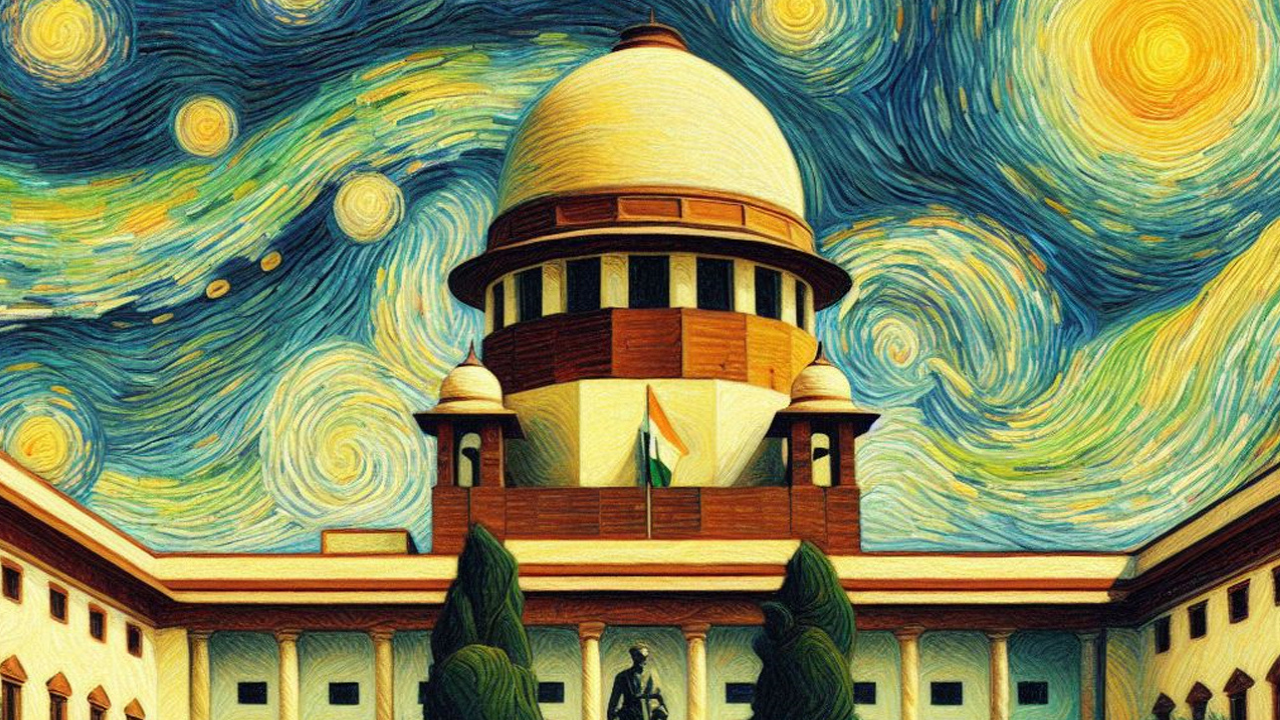[ad_1]
NEW DELHI: The Supreme Courtroom, on Thursday, affirmed that the basic proper to equality ensures “factual and never formal equality.” Chief Justice D Y Chandrachud, in his 140-page majority judgement, said that the Structure empowers states to make sub-classifications throughout the Scheduled Castes (SCs) for quota functions. He highlighted that classifications are permissible if totally different people usually are not equally located.
CJI DY Chandrachud defined that for a classification to be legitimate below the Structure, two circumstances have to be met.First, there should be an intelligible differentia that units aside these grouped collectively from these excluded from the group.
The time period “intelligible differentia” refers to a distinction that may be understood.
“In making the classification, the State is free to recognise levels of hurt. Although the classification needn’t be mathematical in precision, there should be some distinction between the individuals grouped and the individuals ignored, and the distinction should be actual and pertinent,” he stated.
“Second, the differentia will need to have a rational relation to the thing sought to be achieved by the regulation, that’s, the premise of classification will need to have a nexus with the thing of the classification,” he added.
The Chief Justice additional elaborated on Article 14, which ensures the fitting to equality, and examined if sub-classification breaches this text.
“It’s established that Article 14 ensures factual and never formal equality. Thus, if individuals usually are not equally located in reference to the aim of the regulation, classification is permissible. The identical logic of classification equally applies to sub-classification,” he famous.
The court docket should consider the validity of sub-classifications by figuring out if the category is “homogeneous” or “equally located” for the particular regulation’s objective.
“If the reply to that is within the affirmative, the category can’t be sub-classified,” he stated.
The Chief Justice emphasised the significance of recognising particular person variations in authorized contexts.
“All individuals are unequal in a single or the opposite facet. In a given scenario, even a single particular person could also be handled as a category by themselves. In that case, it’s notably vital that legal guidelines don’t micro-classify,” he concluded.
CJI DY Chandrachud defined that for a classification to be legitimate below the Structure, two circumstances have to be met.First, there should be an intelligible differentia that units aside these grouped collectively from these excluded from the group.
The time period “intelligible differentia” refers to a distinction that may be understood.
“In making the classification, the State is free to recognise levels of hurt. Although the classification needn’t be mathematical in precision, there should be some distinction between the individuals grouped and the individuals ignored, and the distinction should be actual and pertinent,” he stated.
“Second, the differentia will need to have a rational relation to the thing sought to be achieved by the regulation, that’s, the premise of classification will need to have a nexus with the thing of the classification,” he added.
The Chief Justice additional elaborated on Article 14, which ensures the fitting to equality, and examined if sub-classification breaches this text.
“It’s established that Article 14 ensures factual and never formal equality. Thus, if individuals usually are not equally located in reference to the aim of the regulation, classification is permissible. The identical logic of classification equally applies to sub-classification,” he famous.
The court docket should consider the validity of sub-classifications by figuring out if the category is “homogeneous” or “equally located” for the particular regulation’s objective.
“If the reply to that is within the affirmative, the category can’t be sub-classified,” he stated.
The Chief Justice emphasised the significance of recognising particular person variations in authorized contexts.
“All individuals are unequal in a single or the opposite facet. In a given scenario, even a single particular person could also be handled as a category by themselves. In that case, it’s notably vital that legal guidelines don’t micro-classify,” he concluded.
[ad_2]
Source link
This Submit could comprise copywrite



